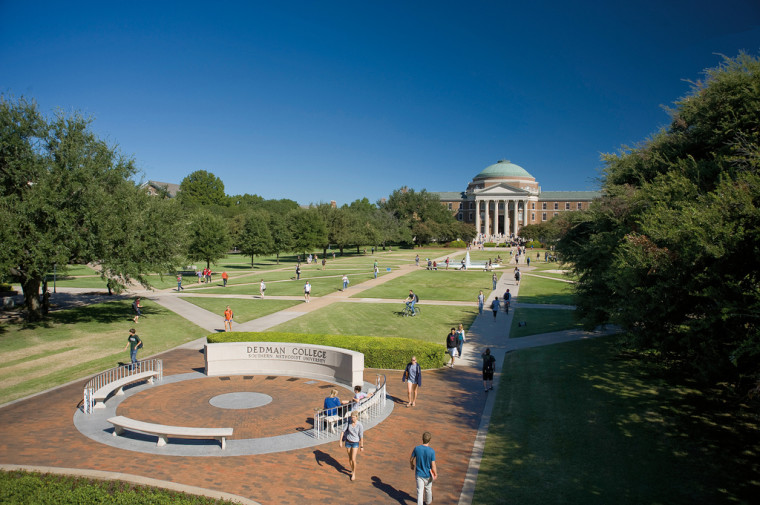When teaching, one of the challenges faculty across disciplines face is how to help students understand the complexity of the problems they must address. Students often come to higher education focused on finding the right (and simple) answer after years of filling out bubble sheets in K-12 education. The goal for faculty is to design a learning environment that helps students apply and transfer their learning. We have to develop opportunities that help students bridge the sterile academic environment with the messiness of the real world. This is where experiential education can prove useful. In today’s post, I want to share about the power of experiential education to help students demonstrate and apply their content mastery.

So what is experiential education? Simply put, experiential education is the term used to describe teaching that uses experiences outside the classroom to engage students with course content.
Experiential education has a long history in higher education. Internships, co-ops, and service learning all are examples.
However, I argue that we shouldn’t just focus on these larger experiences. We don’t need to be teaching a class abroad to bring in global perspectives.
Likewise, we don’t need to have service learning or courses meeting out in a remote field location to include meaningful experiences.
I want to suggest we can include even small experiences to help our students learn better.
We have to stop thinking that there is a difference between academic learning and real world learning.
We now have a wealth of research from cognitive science and psychology that tells us such distinctions are a false dichotomy.
In fact, because we so frequently fail to bridge this gap, our students fail to see the relevance of what they are learning and have a hard time accessing information when they need it.
I encourage anyone who teaches to think about how to get outside the four walls of the classroom.
Have class outside.
Visit a nearby employer or non-profit organization.
Take your class to the library to a museum to a laboratory.
There are lots of easy ways to get out and help your students connect experiences with class.
To do this, you just need to take a little time to think through what experiences would help your students connect the experience with class content.
In addition, during the activity, you have to help make sure that students are making the link between the academic content and field-based experience.
I strongly recommend you try this in even a small way. The power of experiential education will help facilitate the learning of your students.
And quite frankly, it is just more fun than staying inside the classroom!

